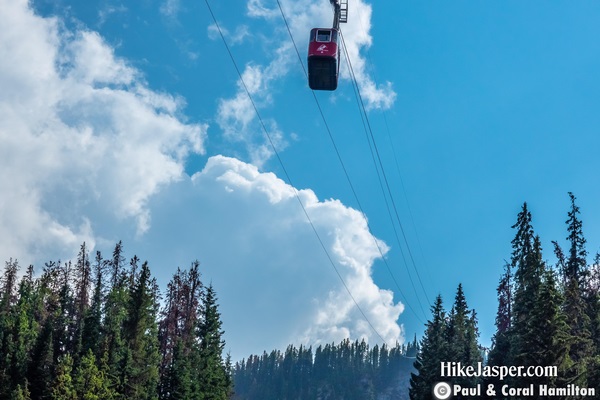Skytram History
The first design of an skytram aerial lift was by Croatian polymath Fausto Veranzio and the first operational aerial skytram was built in 1644 by Adam Wiebe in Gdańsk. The skytram was moved by horses and used to move soil over a river to build defences. It is called the first known cable lift in European history and precedes the invention of steel cables. It is not known how long this lift was used. It was another 230 years before Germany would get the second cable lift, this newer skytram version equipped with iron wire cable.
Other mining systems were developed in the 1860s by Hodgson, and Andrew Smith Hallidie. Hallidie went on to perfect a line of mining and people skytrams after 1867 in California and Nevada.
Skytrams in Mining
Skytrams are sometimes used in mountainous regions to carry ore from a mine located high on the mountain to an ore mill located at a lower elevations. Mining skytrams were common in the early 20th century at the mines in North and South America. One can still be seen in the San Juan Mountains of the US state of Colorado.
Over one thousand mining skytrams were built around the world—Spitsbergen, Russia, Alaska, Argentina, New Zealand and Gabon. This experience was replicated with the use of tramways in the First World War, particularly on the Isonzo Front in Italy. The German firm of Bleichert built hundreds of freight and military skytrams, and even built the first tourist skytram at Bolzano/Bozen, in then Tyrolian Austria in 1913.
Other firms entered the mining skytram business - Otto, Leschen, Breco Ropeways Ltd., Ceretti and Tanfani, and Riblet for instance. A major British contributor was Bullivant who became a constituent of British Ropes in 1924. The perfection of the aerial skytram through mining led to its application in other fields including logging, sugar fields, beet farming, tea plantations, coffee beans and guano mining.
Book Whistlers Mountain Skytram

 Book Jasper
Book Jasper
